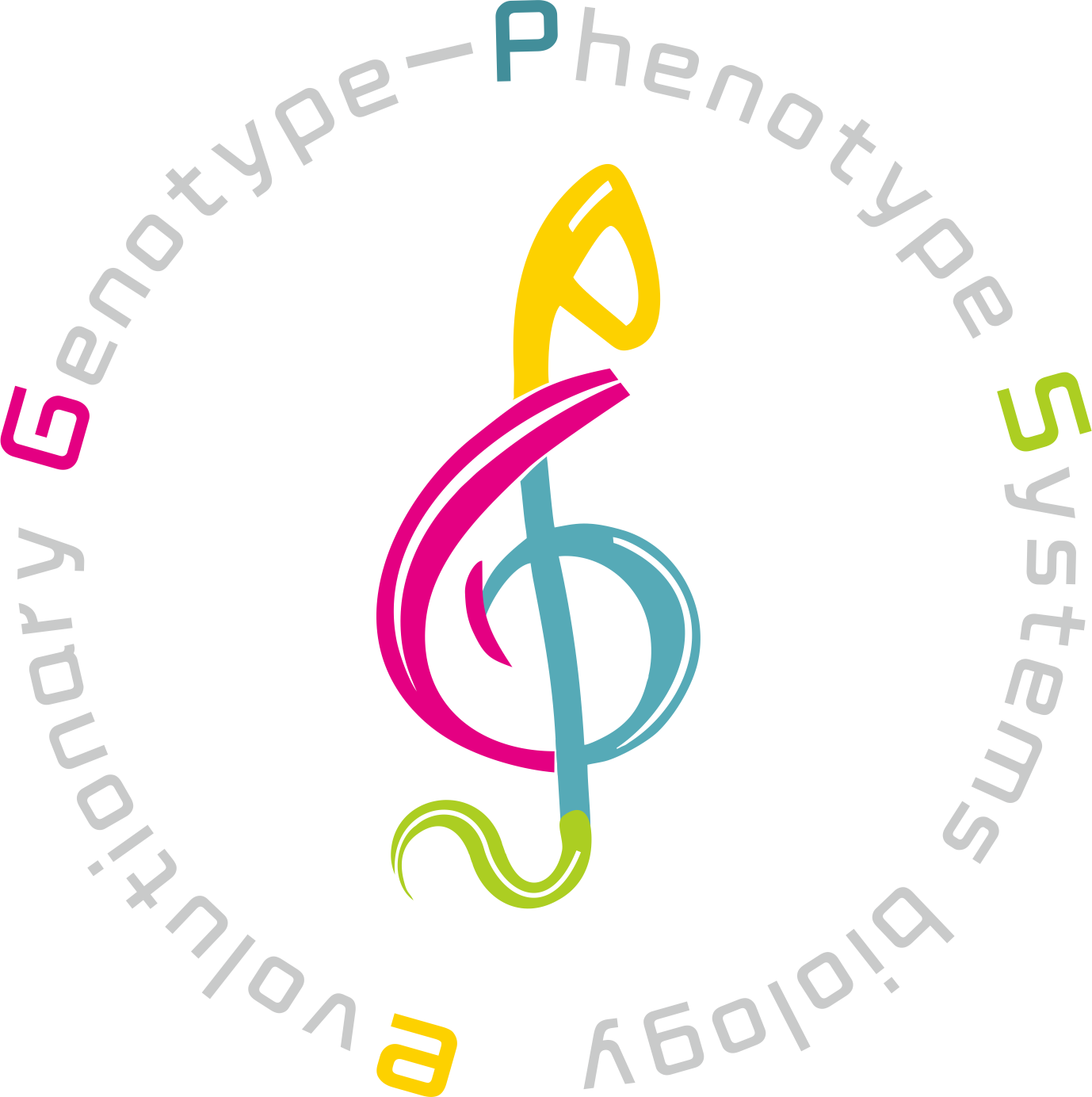

Version 1
Usage:
MAP.pl -text_data -strategy -window_size -step_size
-fraction_of_proteins
opts:
-text_data This
tab-delimited text file is expected to be a table with 3 columns: (1) Gene symbols,
(2) MS intensities
of sample 1 and (3) MS intensities of sample 2.
-strategy
Trimmed_total_count/Total_count/Pass
-window_size Size
of the sliding window to scan the ratio-intensity plot (similar to the M-A plot
widely used for microarray
data analysis). By default: 400 proteins.
-step_size
Step size of the sliding window. By
default: 100 proteins.
-fraction_of_proteins The fraction of
proteins with the weakest intensity changes of each window used to model technical
variations. They are assumed to be predominantly comprised of non-differentially
expressed
proteins. By default: 50 (values higher than 60 or lower than 30 is not
recommended).
| -IN: | Input data |
| this tab-delimited text file is expected to be a table with 3 columns: (1) Gene symbols, (2) MS intensities of sample 1 and (3) MS intensities of sample 2. |
| -S: | Strategy |
| trimmed_total_count/Total_count/Pass |
| -W: | Strategy |
| size of the sliding window to scan the ratio-intensity plot (similar to the M-A plot widely used for microarray data analysis). By default: 400 proteins. |
| -Step: | Step size |
| step size of the sliding window. By default: 100 proteins. |
| -F: | Fraction_of_proteins |
| the fraction of proteins with the weakest intensity changes of each window used to model technical variations. They are assumed to be predominantly comprised of non-differentially expressed proteins. By default: 50 (values higher than 60 or lower than 30 is not recommended). |
Evolution Data Analysis
- GeneTree 1.3
- TreeSAAP 3.2
Data visualization
- Bar Chart
- Line Chart
- Histogram Chart
About us
- About us
-
Strategic Priority Research Program of the Chinese Academy of Sciences,Grant No. XDB13000000
Maintained by BIG Data Center, Beijing Institute of Genomics, Chinese Academy of Sciences.
